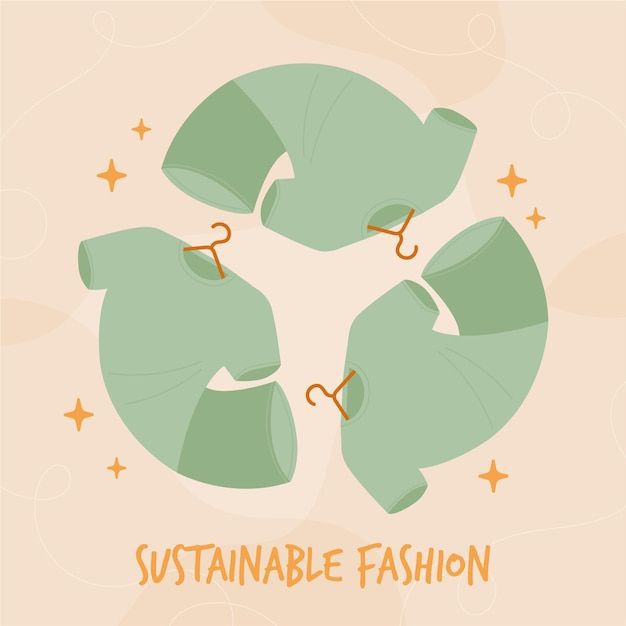Sustainable Fashion
The fashion industry is seeing an astounding growth over the past few years in terms of revenue as well as faster adoption rate. In fact, brands like Zara and H&M have seen double digit growths due to their adoption of the fast fashion phenomena.
However, the flip side to this highly adaptive fashion and its profits is the amount of environmental impact it brings to the table. For example, Zara alone churns out roughly 840 million garments every year for its 6,000 stores worldwide, which has an adverse impact on the rivers and land that it is produced on. This makes them profitable in the fashion industry, but taints their success in terms of the environmental disruption it generates. It is the environmental trauma left behind by such companies which makes it essential to move on to a new and evolved ideology like sustainable fashion, wherein profits go in hand in hand with sustainability.
But what is sustainable fashion?
According to Vogue, sustainable fashion is “an umbrella term for clothes that are created and consumed in a way that can be, quite literally, sustained, while protecting both the environment and those producing garments.” (Chan 2021) Customers also seem to be keen on following this principle. In fact, as per a survey conducted by YouGov, 83% of the customers preferred sustainable fashion while buying their clothes in India. Furthermore, fashion houses are quick to respond to this demand. Zara, for instance, promised in 2012 that all hazardous chemicals would be removed from its operations by 2020. In 2016, they released a new eco-friendly collection called “Join Life”, featuring eco-friendly fabrics. Zara’s parent company has also announced a mission to use only sustainable materials by 2025.
But what can you do as a consumer to promote sustainability in fashion? Here are 5 simple points that you can follow through to promote sustainability:
- Be more informed about where your clothes come from.
- Donate your unwanted clothes.
- Make sure you dispose of your clothes properly.
- Try using products that are made from recyclable materials.
- Go for quality products that can last longer.
The timing is perfect for companies to move into sustainable fashion. In fact, according to McKinsey, two-thirds of buyers are willing to spend more on eco-friendly clothes. Some of the key initiatives that can be undertaken by companies are as follows:
- Make sure that the manufacturers of your clothes provide the basic amenities to their workers and have humane working conditions.
- Ensure that they use sustainable materials in their clothing lines and work on reducing their dependence on non-sustainable practices and materials in a fixed time period.
- Get Certified with credentials like “GBB”, “LEED”, “ISO”, “GRI”, which would help companies promote their marketing efforts. For example, the fashion brand Petite Lucette kept their mission on launching organic products. To help them with this aim, Petite Lucette collaborated with GBB to expand their sustainable initiatives and gain the seal of approval that they deserved. Due to this they were able to choose from the 400+ initiatives for sustainable development. They could also then share their progress with employees, stakeholders, and the world using their unique EcoProfile.
Author: Joseph Gejo
About the Author: Student of MBA-08
References
- 1. Chan, E. (2021, April 12). Vogue’s Ultimate Guide to Sustainable Fashion Vogue.
https://www.vogue.in/fashion/content/vogues-ultimate-guide-to-sustainable-fashion
#iimbodhgaya #theenlighteningiim #fashion #sustainable
#ecofriendly #ecoprofile #recyclable


